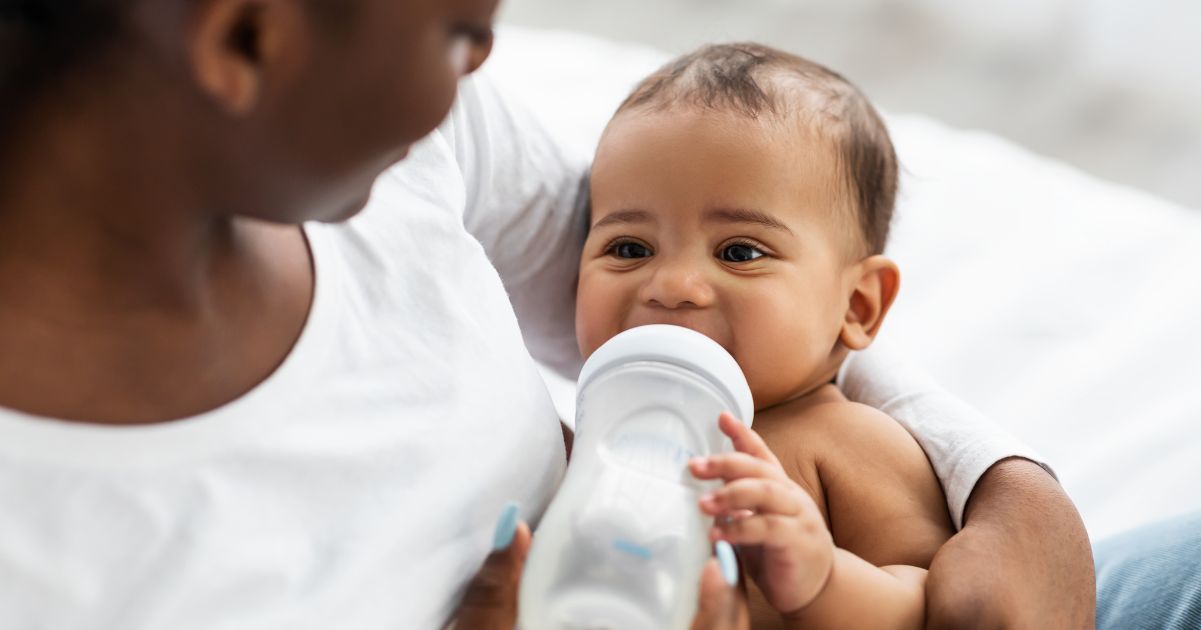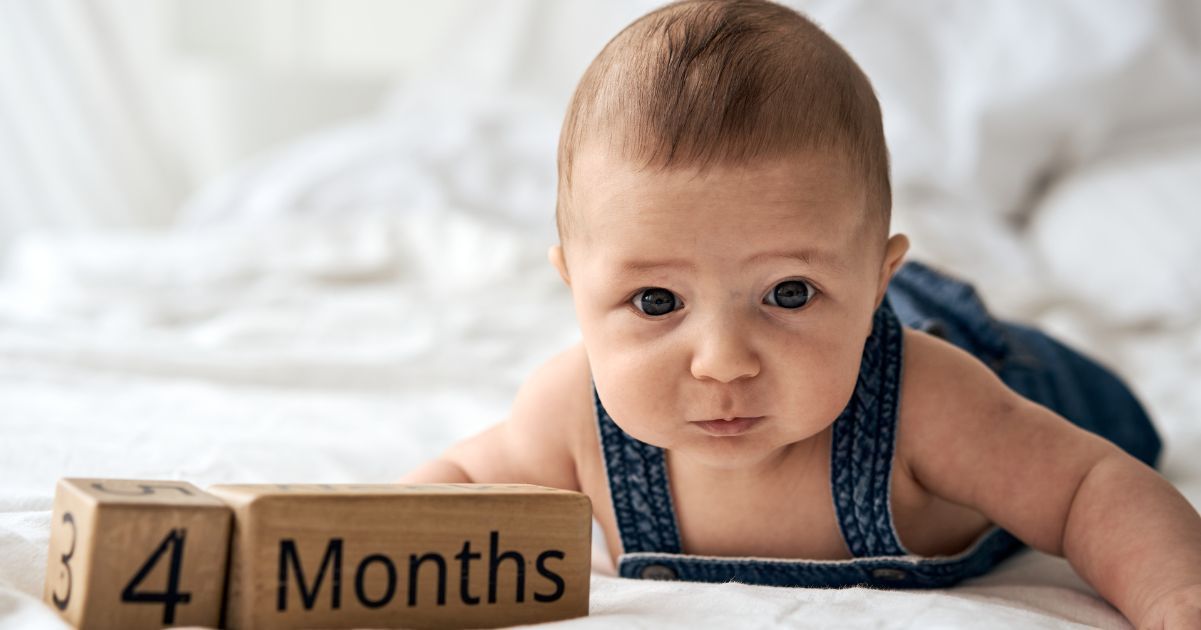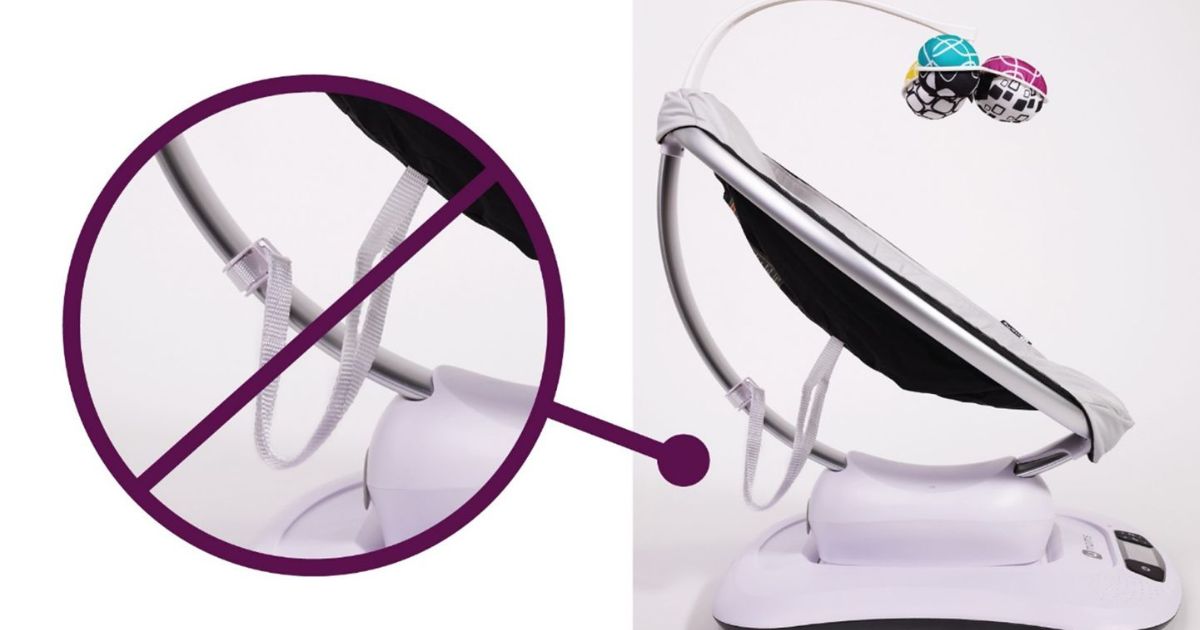Learn about treatment for infants with tongue tie
What is Tongue Tie? And how to Recognize Other Disorders
I get calls frequently requesting Myofunctional Therapy for infants after a tongue tie release. Let’s take a look at all the acronyms, breakdown what they mean, and discuss what provider and type of therapy is appropriate to seek out after a tongue/lip tie release.
Before we get started, TOT’s is the acronym for Tethered Oral Tissues which is the professional term for tongue, lip and buccal (cheek) ties.
First, A myofuncitonal therapist is not always dually trained in infant/pediatric feeding and is not necessarily trained to work with infants. In fact myofunctional coursework is based on older toddlers ( 4 +) and up in terms of therapy. Myofunctional therapy requires volitional control of oral/facial musclature and the ability to follow directions. We learn about normal anatomy, atypical anatomy, TOTs etc .; however, there’s not one aspect of treating feeding disorders in infants nor is it encouraged by myofunctional therapist. In fact to pass your QOM (Qualified Orofacial Myologist) exam you need the appropriately aged patients and caseload to be considered and it’s not infants or babies .
The importance of breastfeeding , the early signs of OMDs (Orofacial Myofunctional Disorders) , the importance of weaning a bottle and pacifier is taught, but a myofunctional therapist is not by definition an infant specialist. Don’t be mistaken, there are many myofunctional therapists that do both. That’s usually indicated on their professional page / website / bio. For example I am both a pediatric feeding specialist and myofunctional therapist with a QOM certification.
Secondly, TOTs is not the only thing Orofacial Myology is about and TOTs is a diagnosis that impacts various aspects of function across the lifespan. Infants for example who are breastfeeding are best served by IBCLCs (Internationally Board Certified Lactation Consultant) but that doesn’t make an IBCLC a Myo specialist because they are TOTs savvy. Many TOTs patients need PT (physical therapy) or OT (occupational therapy) as well but that doesn’t make that Myo with babies either. An infant team for TOTs is complex and may use various methods.
Most importantly- though closed lips and nose breathing is optimal but we can’t start closing the mouths of infants nor make parents think they should be closing their infants mouths 24/7. This is especially true if the baby has low tone or their airway has not been assessed . If an infant is tongue tied the position of the tongue may be blocking the airway, even when released , it doesn’t always naturally change, it requires working on pre-feeding, feeding, strength and endurance . Infants aren’t mini adults they are a unique population that require therapists trained to work with them through evidence based modalities specific to infants.
Myofunctional therapy is not the appropriate type of treatment for an infant pre or post tongue tie release. Seek out a pediatric feeding and swallowing therapist that is TOTs savvy. They will be able to provide you and your child with the best outcomes in therapy.
Acronyms:
SLP (Speech-Langauage Pathologist)
Myo (Myofunctional Therapy)
QOM (Qualified Orofacial Myologist)
IBCLC (Internationally Board Certified Lactation Consultant)
OMDs (Orofacial Myofunctional Disorders)
TOTs (Tethered Oral Tissues) =Lip, Tongue, and Cheek TiesAnkoglossia (tongue tie)
Frenectomy (tongue/lip/cheek tie revision procedure)
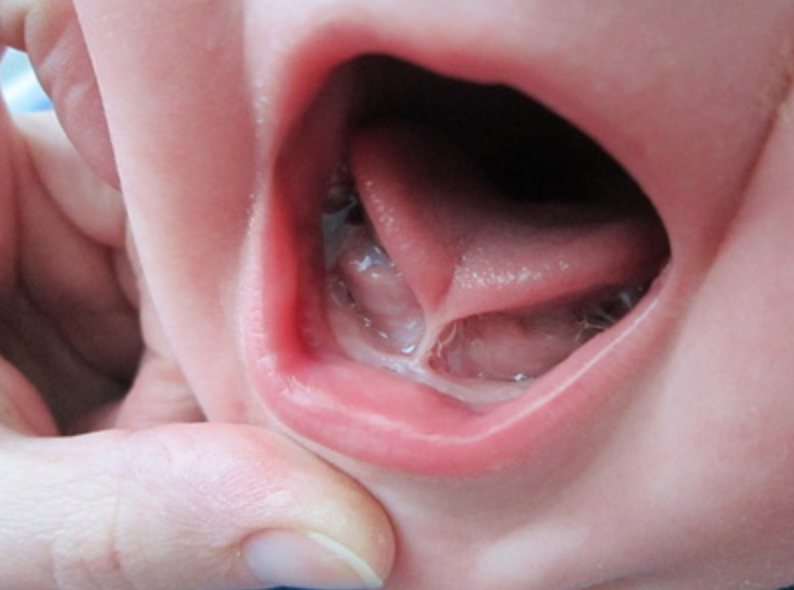
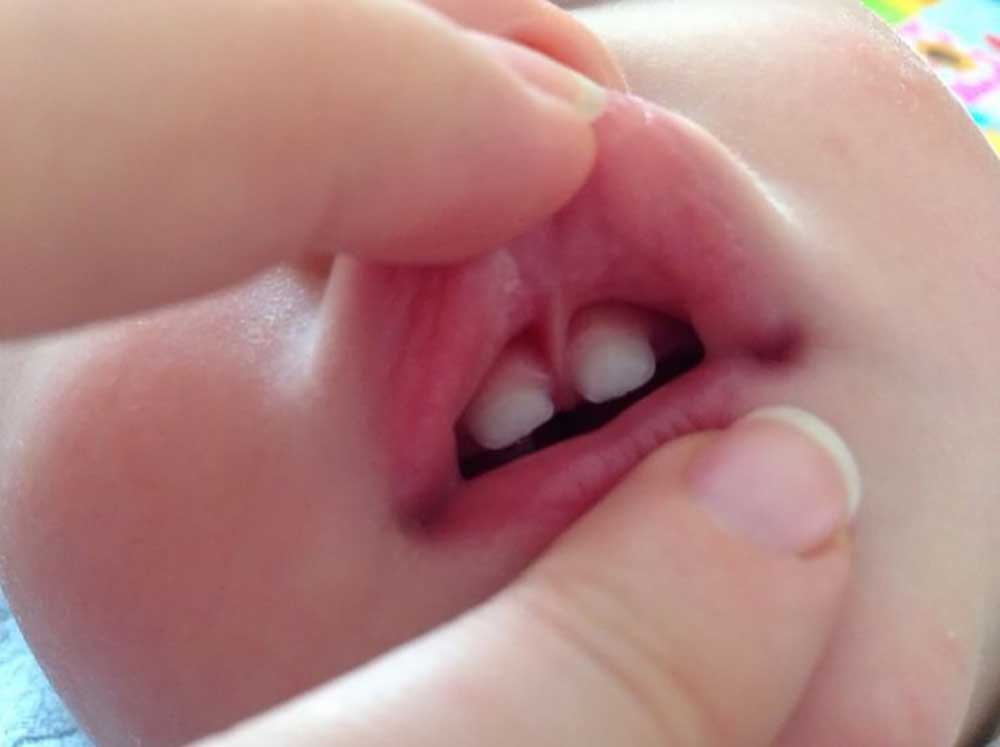
I get calls frequently requesting Myofunctional Therapy for infants after a tongue tie release. Let’s take a look at all the acronyms, breakdown what they mean, and discuss what provider and type of therapy is appropriate to seek out after a tongue/lip tie release.
Before we get started, TOT’s is the acronym for Tethered Oral Tissues which is the professional term for tongue, lip and buccal (cheek) ties.
First, A myofuncitonal therapist is not always dually trained in infant/pediatric feeding and is not necessarily trained to work with infants. In fact myofunctional coursework is based on older toddlers ( 4 +) and up in terms of therapy. Myofunctional therapy requires volitional control of oral/facial musclature and the ability to follow directions. We learn about normal anatomy, atypical anatomy, TOTs etc .; however, there’s not one aspect of treating feeding disorders in infants nor is it encouraged by myofunctional therapist. In fact to pass your QOM (Qualified Orofacial Myologist) exam you need the appropriately aged patients and caseload to be considered and it’s not infants or babies .
The importance of breastfeeding , the early signs of OMDs (Orofacial Myofunctional Disorders) , the importance of weaning a bottle and pacifier is taught, but a myofunctional therapist is not by definition an infant specialist. Don’t be mistaken, there are many myofunctional therapists that do both. That’s usually indicated on their professional page / website / bio. For example I am both a pediatric feeding specialist and myofunctional therapist with a QOM certification.
Secondly, TOTs is not the only thing Orofacial Myology is about and TOTs is a diagnosis that impacts various aspects of function across the lifespan. Infants for example who are breastfeeding are best served by IBCLCs (Internationally Board Certified Lactation Consultant) but that doesn’t make an IBCLC a Myo specialist because they are TOTs savvy. Many TOTs patients need PT (physical therapy) or OT (occupational therapy) as well but that doesn’t make that Myo with babies either. An infant team for TOTs is complex and may use various methods.
Most importantly- though closed lips and nose breathing is optimal but we can’t start closing the mouths of infants nor make parents think they should be closing their infants mouths 24/7. This is especially true if the baby has low tone or their airway has not been assessed . If an infant is tongue tied the position of the tongue may be blocking the airway, even when released , it doesn’t always naturally change, it requires working on pre-feeding, feeding, strength and endurance . Infants aren’t mini adults they are a unique population that require therapists trained to work with them through evidence based modalities specific to infants.
Myofunctional therapy is not the appropriate type of treatment for an infant pre or post tongue tie release. Seek out a pediatric feeding and swallowing therapist that is TOTs savvy. They will be able to provide you and your child with the best outcomes in therapy.
Acronyms:
SLP (Speech-Langauage Pathologist)
Myo (Myofunctional Therapy)
QOM (Qualified Orofacial Myologist)
IBCLC (Internationally Board Certified Lactation Consultant)
OMDs (Orofacial Myofunctional Disorders)
TOTs (Tethered Oral Tissues) =Lip, Tongue, and Cheek TiesAnkoglossia (tongue tie)
Frenectomy (tongue/lip/cheek tie revision procedure)
Share on Social Media
We Serve Families in All of the New England States and Beyond
Select a state to learn more.
-
Connecticut
ButtonNewborn Care, Postpartum Doulas, Night Nannies
-
Massachusetts
ButtonNewborn Care, Postpartum Doulas, Night Nannies
-
Maine
ButtonNewborn Care, Postpartum Doulas, Night Nannies
-
New Hampshire
ButtonNewborn Care, Postpartum Doulas, Night Nannies
-
Rhode Island
ButtonNewborn Care, Postpartum Doulas, Night Nannies
-
Vermont
ButtonNewborn Care, Postpartum Doulas, Night Nannies
AREAS OF SERVICE
We serve families in all
New England states:
MA, CT, ME, NH, RI, VT
And the entire US.
All Rights Reserved | Gentle Giraffes LLC | Privacy Policy | Web Accessibility | Website Design Dionne Katinas | Web Development by Local Business First
